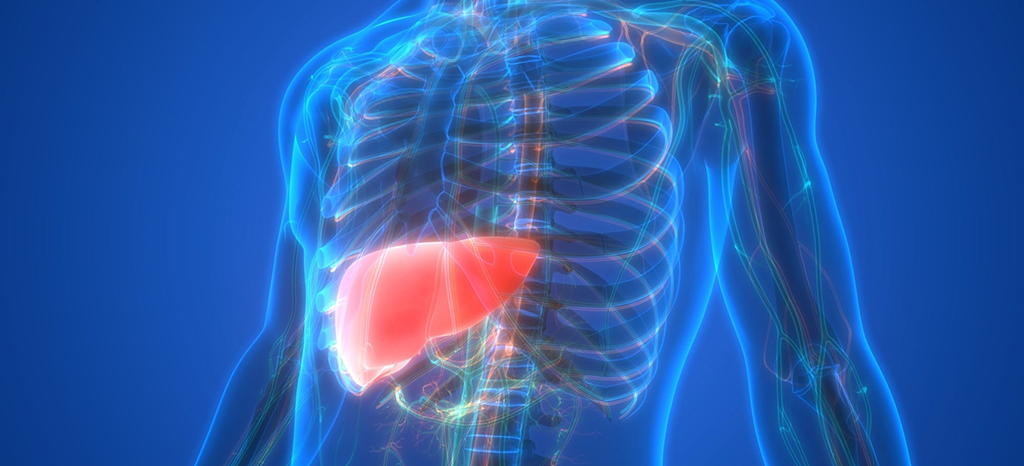Non alcoholic fatty liver disease
If we talk about the diseases that existed 20 years back , we know that they were either related to heart or brain or kindey or majorly infections like Malaria or Dengue.But times have changed,with the easy availablity of calorie dense foods and high fat diet,we are now living in an era where every second person is outside his or her BMI range and their routine ultrasounds have been showing grade 1 -2 fatty liver .It’s so common that sometimes our brains consider this as a normal finding and stop talking seriously about it…Sadly true..It will be one of the topmost causes of mortality or healthcare burden in the next 5 years.
Fatty liver disease, also known as hepatic steatosis, is a condition characterized by the accumulation of fat in the liver cells. It is commonly associated with excessive alcohol consumption (alcoholic fatty liver disease) or obesity and metabolic syndrome (non-alcoholic fatty liver disease or NAFLD). NAFLD is considered the most common cause of chronic liver disease worldwide.
There are two main types of NAFLD:
Non-alcoholic fatty liver (NAFL): This is a benign condition in which fat accumulates in the liver but does not cause inflammation or liver damage.
Non-alcoholic steatohepatitis (NASH): In NASH, along with fat accumulation, inflammation and liver cell damage occur. NASH has the potential to progress to more severe liver conditions, such as fibrosis, cirrhosis, and even liver cancer.
The exact cause of fatty liver disease is not fully understood, but it is believed to be multifactorial. Risk factors for developing the condition include obesity, insulin resistance, type 2 diabetes, high blood pressure, high cholesterol levels, rapid weight loss, and certain medications. Genetic factors and lifestyle choices, such as a sedentary lifestyle and a diet high in processed foods and sugars, can also contribute to its development.
Symptoms of fatty liver disease are often absent or mild in the early stages. As the disease progresses, symptoms may include fatigue, abdominal discomfort or pain, enlarged liver, and yellowing of the skin and eyes (jaundice). However, many cases are diagnosed incidentally through routine blood tests or imaging studies.
The management of fatty liver disease involves addressing the underlying risk factors and making lifestyle changes. These may include:
Weight loss: Even a modest weight loss of 5-10% can lead to significant improvements.
Diet: Adopting a balanced and nutritious diet that is low in saturated fats, sugars, and processed foods can help reduce liver fat and improve overall health.
Exercise: Aim for at least 150 minutes of moderate-intensity aerobic exercise per week, along with strength training exercises.
Diabetes and cholesterol control: If you have diabetes or high cholesterol, it’s important to manage these conditions effectively.
Alcohol avoidance: If you have alcoholic fatty liver disease, it is crucial to stop drinking alcohol completely.
In some cases, additional medical treatments or interventions may be necessary, particularly for individuals with advanced liver disease or complications.
Do contact us on 02261784444 or 9321480308 for appointment.
Wishing you all a healthy life.
.

